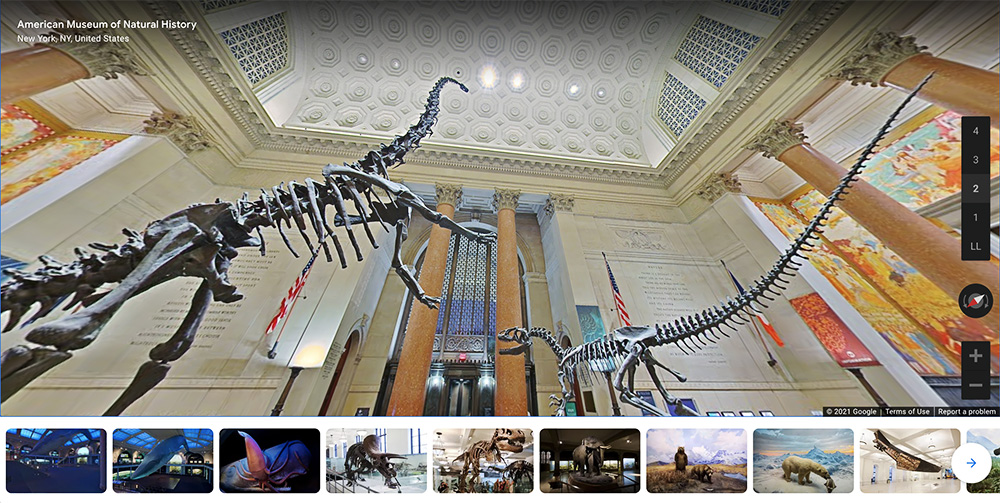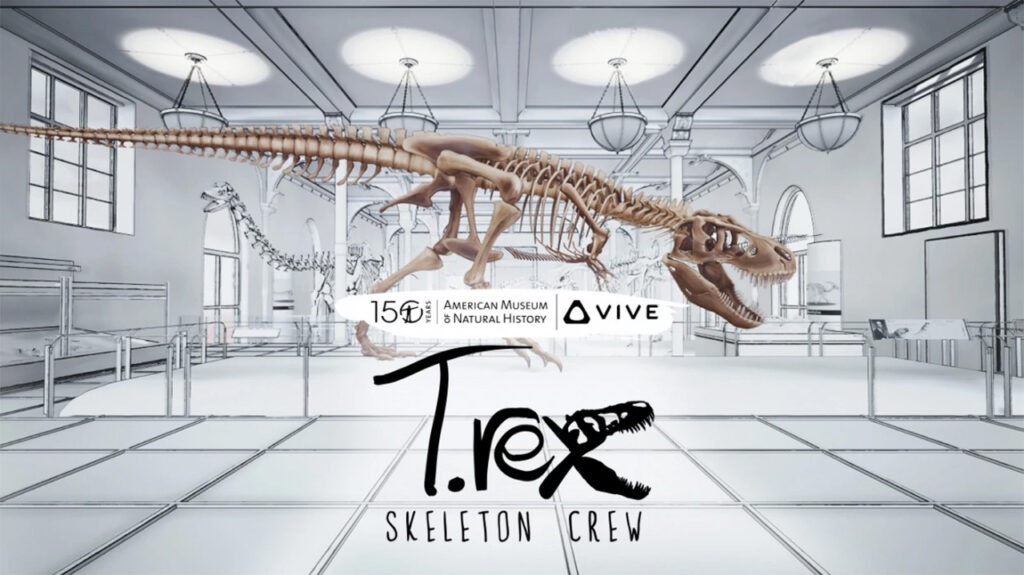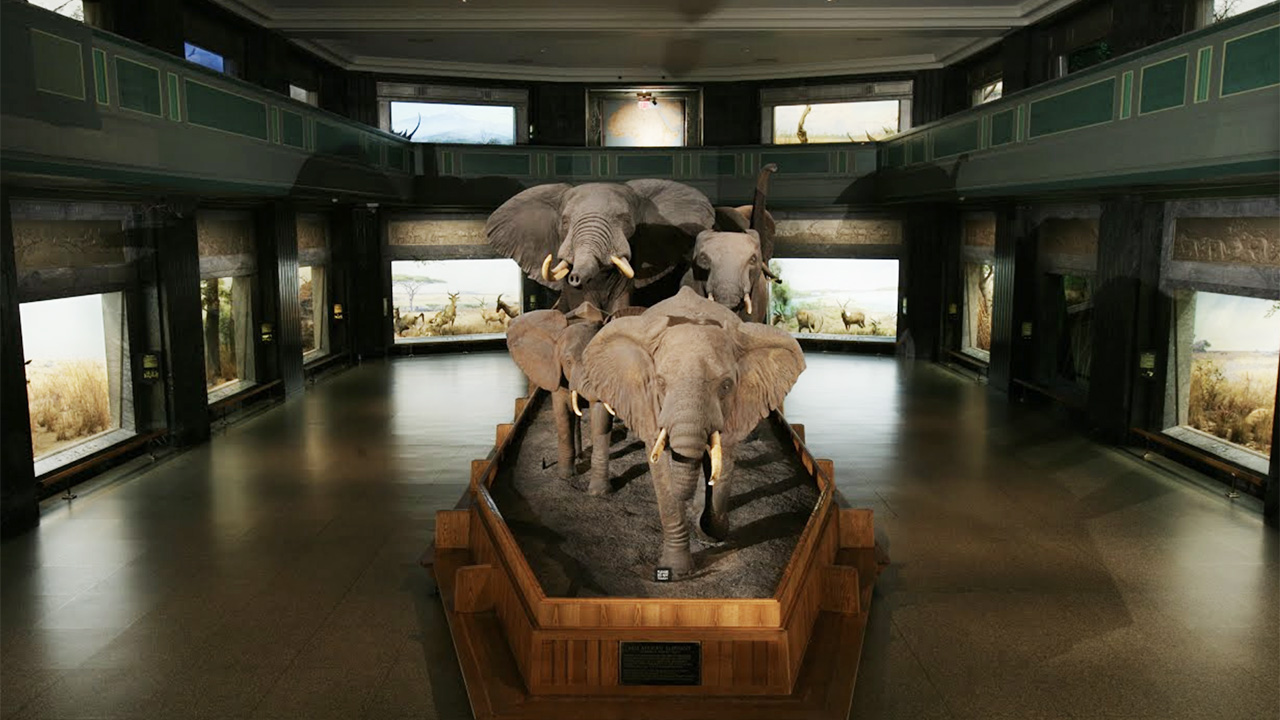After a year of seismic change for global cultural stakeholders, MuseumNext’s Digital Summit convened to assess how organizations pivoted and formed new strategies. The week-long event (February 22 to 26) welcomed more than 60 speakers to share experiences and learnings from 2020.
As the Digital Summit’s official media partner, Jing Culture & Commerce presents key findings from select sessions. Find more of our coverage here.

The entirety of the American Museum of Natural History is open to virtual visitors on Google Arts & Culture. Image: Google Arts & Culture
Session: “The Future Now: Digital Media in a Post-Pandemic World”
Hosts: Eozin Che, Lead Creative Technologist and Interactive Exhibit Developer, American Museum of Natural History
The American Museum of Natural History (AMNH) has foregrounded virtual reality (VR) in its programming for years, creating interactive, immersive media experiences that reach millions of visitors on an annual basis. Eozin Che believes that the pandemic has not only challenged current conventions in museum media design, but completely transformed the future of audience engagement — a future defined by radical, powerful technologies and easily accessible digital tools. In other words, the digital arm of a museum shouldn’t begin and end with a virtual tour.

In 2019, the museum partnered with HTC Vive Arts to launch T. rex: Skeleton Crew, an interactive VR experience that invited players to reconstruct the dinosaur’s skeleton bone by bone. Image: HTC Vive Arts
Following the receipt of an $175k data visualization grant from the Knight Foundation in 2019, the AMNH digital team cast their sights towards the state of museological interface in a landscape irrevocably affected by COVID, and in doing so, landed on a remarkably simple need — mingling.
Che led a team of 10, augmented by a collaboration with a VR lab in Poland, to create a suite of interactive exhibition experiences called Collectionscope, a web-based, widely distributable prototype that aims to be open source in future rollouts. Collectionscope will not only allow users to explore the AMNH remotely with unparalleled authenticity, but provides an avatar-adjacent, embodied experience to those perusing the collections. That means that users will be able to engage with each other, curators, and exhibition interactives in an operative, simulated space, mimicking the feeling of an art opening or kids’ corner, depending on the audience. This point of innovation centers viewer agency, and opens up a brave new world of possibilities for museums hoping to expand their creative and archival reach.
Key Quote: “The future has arrived already; people will come back to the museum with higher expectations.”
Pro Tip: When working with the broad audience of a museum rather than the targeted demographic of a private company, says Che, it’s important to keep the diverse needs of your visitors in mind. You may not be able to please everyone, but flexible applicability should be central to your strategy.



